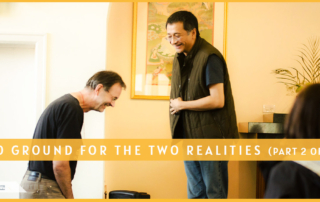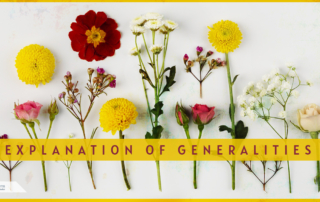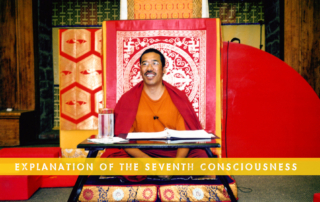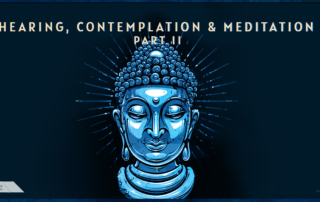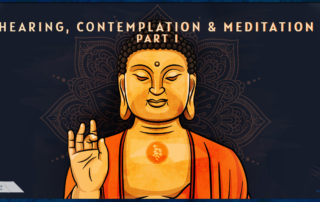No Ground For The Two Realities (Part 2 of 2)
This excerpt is copyrighted material, please do not use or copy without written permission from Nitartha Publications. The following is an excerpt from The Center Of the Sunlit Sky by Karl Brunnholzl. This course is an exposition of the Middle Way philosophical tradition, based on Part One of The Center of the Sunlit Sky, expressed as the ground, path and fruition of Madhyamaka. Students explore classification of knowable objects into the two realities and cultivate certainty in the view of emptiness of all phenomena, formulating the five great Madhyamaka reasonings. The course includes presentation of personal identitylessness, the sevenfold analysis of the chariot. No Ground For
